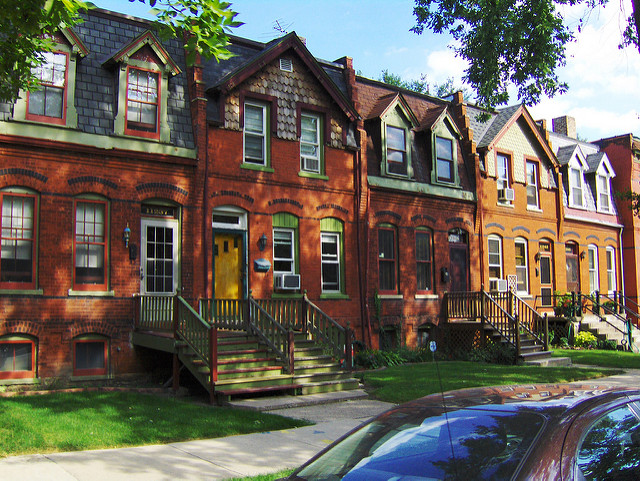Explore The Fascinating Labor History Of Pullman During October House Tours
By Emma G. Gallegos in Arts & Entertainment on Sep 15, 2017 7:12PM
The Historic Pullman House Tour will be returning this year on Oct. 7 and 8, offering the public a chance to explore the history of a company town that transformed American labor politics.
One weekend every year residents of Pullman, a Far South Side community, open up their homes to the public. These 120-year-old homes on the tour include executive mansions, worker's cottages and apartments. A unique cross-section of homes are chosen each year to give visitors a chance to experience what life was like in the company town over a century ago.
Pullman was one of the most famous planned company towns in the U.S.—it even attracted visitors in town for the World's Fair Columbian Exposition in 1893. It was founded in 1880 just south of Chicago and later annexed by the city. The town was built to attract and house good workers, which it did, and avoid strikes, which it didn't. At its peak, 9,000 people lived in the industrial town where workers manufactured railroad cars, including the original sleeper car that the Pullman company pioneered.
In 1894, the Pullman Strike occurred, and it was a major event in labor history in which both the labor movement and federal government flexed their power. Pullman workers were protesting wage cuts, and the killing of one of their fellow workers. Wages had been cut during an economic downturn—but rents remained the same. Eugene Debs' American Railway Union got involved in the strike, and strikers managed to stop train traffic west of Detroit and protests broke out. President Grover Cleveland brought in the army to stop the strike, a move that resulted in 26 deaths. To appease the labor movement, Cleveland lobbied for Labor Day to become a federal holiday. The first Monday of September was chosen, instead of May 1, lest it become too closely tied to a radical global workers movement. After the strike, the Pullman Company was forced to sell off all its residential property.
The Pullman Company also plays an important role in the development of the labor movement among African-Americans. The Brotherhood of Sleeping Car Porters was the first labor union led by African-Americans in 1925, and it was formed of the black men who staffed railroad cars and were employed by Pullman.
Long after rail's golden age in 1960, the Pullman community was threatened with demolition. The whole district was granted National Historic Landmark District designation in 1971. The city has bought up some of the historic rowhouses since, and Obama declared the district a National Monument in 2015.
To explore the district yourself, houses are open for tours from 11 a.m. to 5 p.m. on Oct. 7 and 8. This is the 44th year that tours have been offered. The event, sponsored by the Pullman Civic Organization and the Historic Pullman Foundation, will be festive. There will be music at a bandstand, food, an antique car show and garage sales. Tickets are $20 and can be purchased here. Proceeds from the weekend tours will help to preserve and restore the Historic Pullman District.
